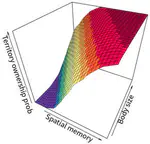I am interested in understanding the factors that have shaped behavior across both cultural and evolutionary timescales. I am also interested in the potential macro-evolutionary consequences of these processes. To explore these questions, I study the communication systems of various taxa, with a particular focus on neotropical species. My research combines single-species behavioral studies, comparative phylogenetic methods, and cutting-edge data analysis approaches.
In addition to my research, I am particularly involved in creating software packages for analyzing behavioral data. I developed the R packages warbleR, which provides functions to streamline high-throughput acoustic analysis of animal sounds, and Rraven designed to simplify the integration of Raven Pro for bioacustic analysis workflows in R. I also created the R packages baRulho, to quantify acoustic signal transmission and degradation, and ohun, to optimize automatic detection.
Publications
PDF Cite URL Supp Mat Repository Review history Preprint Presentation
Software packages
Click to see details
Mentees
Click to see details
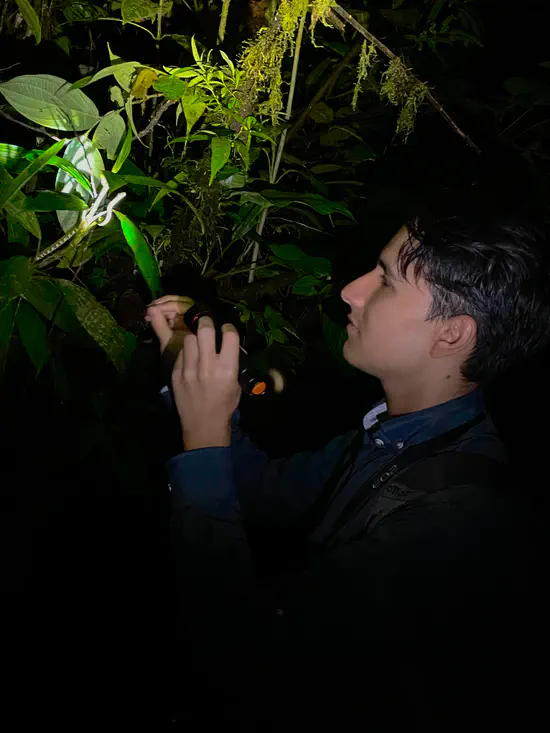
Jorge Elizondo-Calvo
I’m a third-year undergraduate student majoring in Biology at the University of Costa Rica. My academic journey has been focused on the application of computational tools to deepen our understanding of the ecological roles played by diverse animals, including amphibians, birds, and mammals.
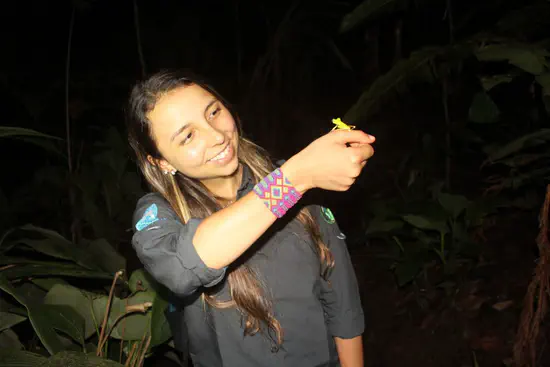
Fabiola Chirino
I am a biologist with experience in ecology and bioacoustics of frogs and acoustic recognition software programming. I have more than five years of experience in field work focused on the observation of frog and mammal species in their habitat.
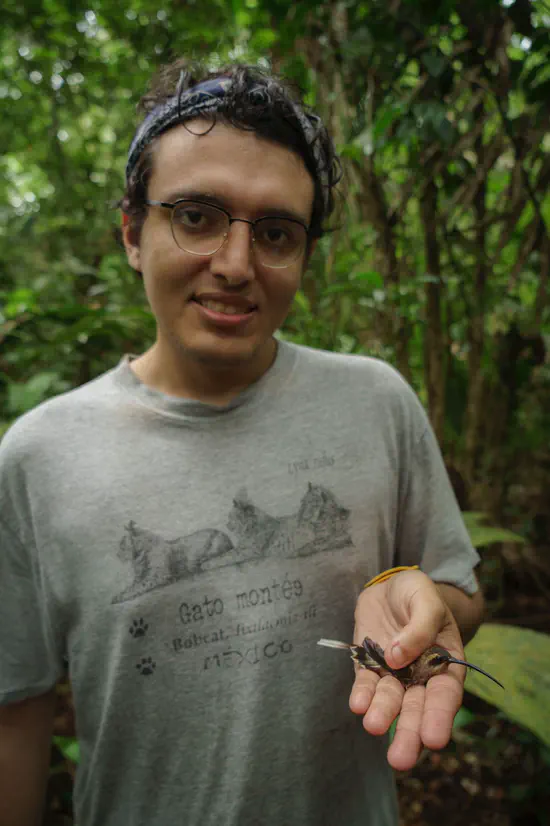
Marcos Quiroz-Oliva
I’m a Mexican student with a self-motivated and deeply involved in ecology, evolution, and behavior studies utilizing bioacoustic signals, and with a love for open-source analysis languages and tools. In my master’s degree in the University of Costa Rica with the tutorship of Marcelo, we are aiming to identify the mechanisms shaping acoustic structure in the cultural evolution of songs in the lekking Long-billed Hermit hummingbird (Phaethornis longirostris) using 50 years of acoustic data.
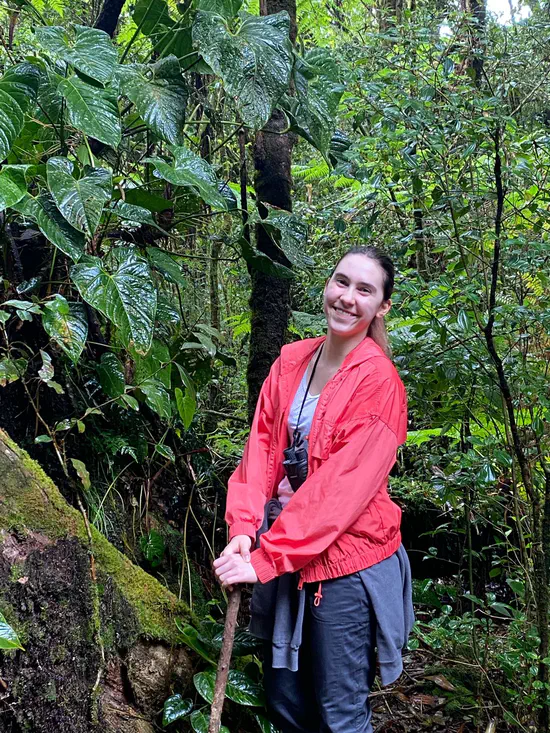
Jimena Viquez
I am currently in my forth-year as an undergraduate biology student at the University of Costa Rica. My main focus is in wildlife management, ecology, ecosystem conservation, animal behavior and climate change.
Courses
Click to see details








